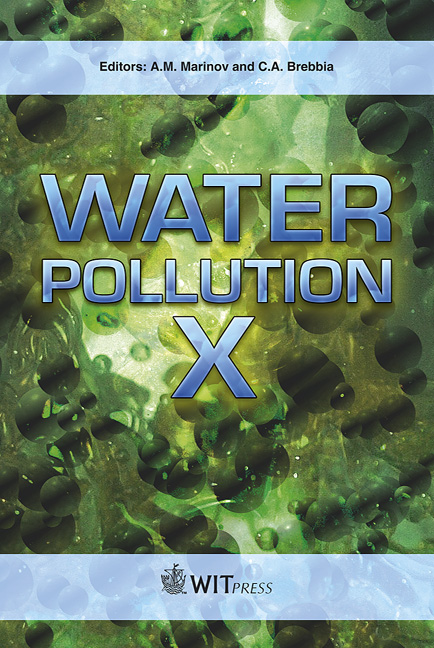Microbial Parameters As Indicators Of Mariculture Impact On The Marine Environment
Price
Free (open access)
Transaction
Volume
135
Pages
12
Page Range
219 - 230
Published
2010
Size
337 kb
Paper DOI
10.2495/WP100191
Copyright
WIT Press
Author(s)
G. Caruso & G. Zappalà
Abstract
Microbial abundance and extracellular activity rates (leucine aminopeptidase, LAP, beta-glucosidase, -GLU, and alkaline phosphatase, AP) were studied in water and sediment samples for two years in three Sicilian mariculture sites. Microbial activities were measured with specific fluorogenic substrates; heterotrophic culturable bacteria (CFU) were counted on Marine agar plates. The amount of particulate organic matter (POM) and its composition in terms of bio-polymeric fractions (proteins, carbohydrates, lipids) were also monitored as indicators of trophic conditions. Cage sites were sampled before and after the set up of each off-shore mariculture plant, and compared to \“control” sites. The study aimed at monitoring the impact caused by fish farming activities on the marine environment and at assessing the suitability of these microbial parameters as indirect indicators of organic pollution. Significant variations occurred both in microbial activity rates and in abundances at cage stations. Compared with the trophic parameters, the microbial parameters showed a more direct response to environmental perturbation due to fish farming. This suggested their use as indicators in assessing fish farming impact on both the pelagic and benthic compartments. Keywords: mariculture, environmental impact, microbial parameters, extracellular enzyme activity, heterotrophic culturable bacteria, water, sediment. 1 Introduction The increase in mariculture recorded in recent years has led to a consistent number of studies about the potential impact of rearing activities on the marine environment. The massive inputs of organic wastes (i.e. excretes, faeces, feed
Keywords
mariculture, environmental impact, microbial parameters, extracellular enzyme activity, heterotrophic culturable bacteria, water, sediment





